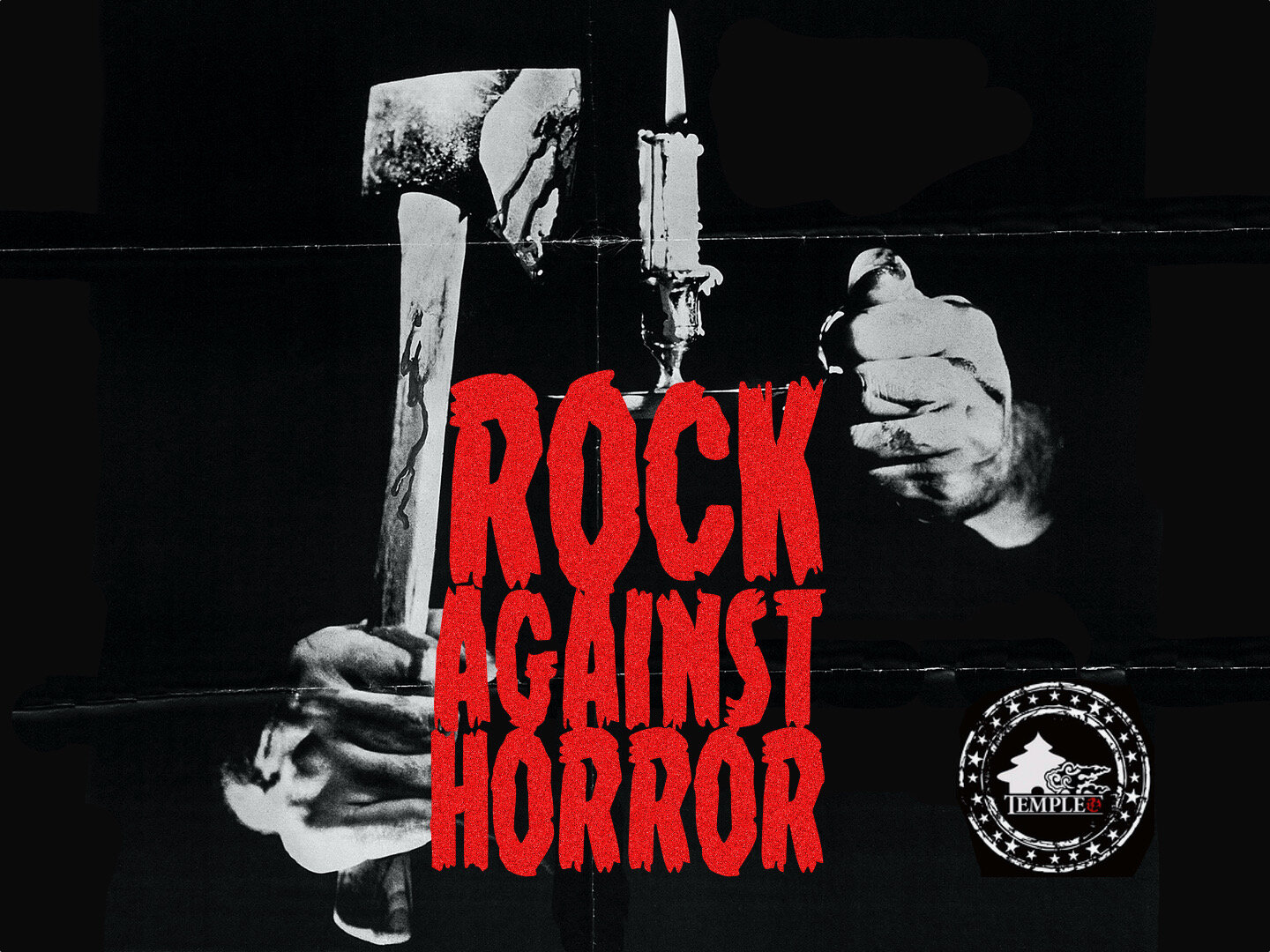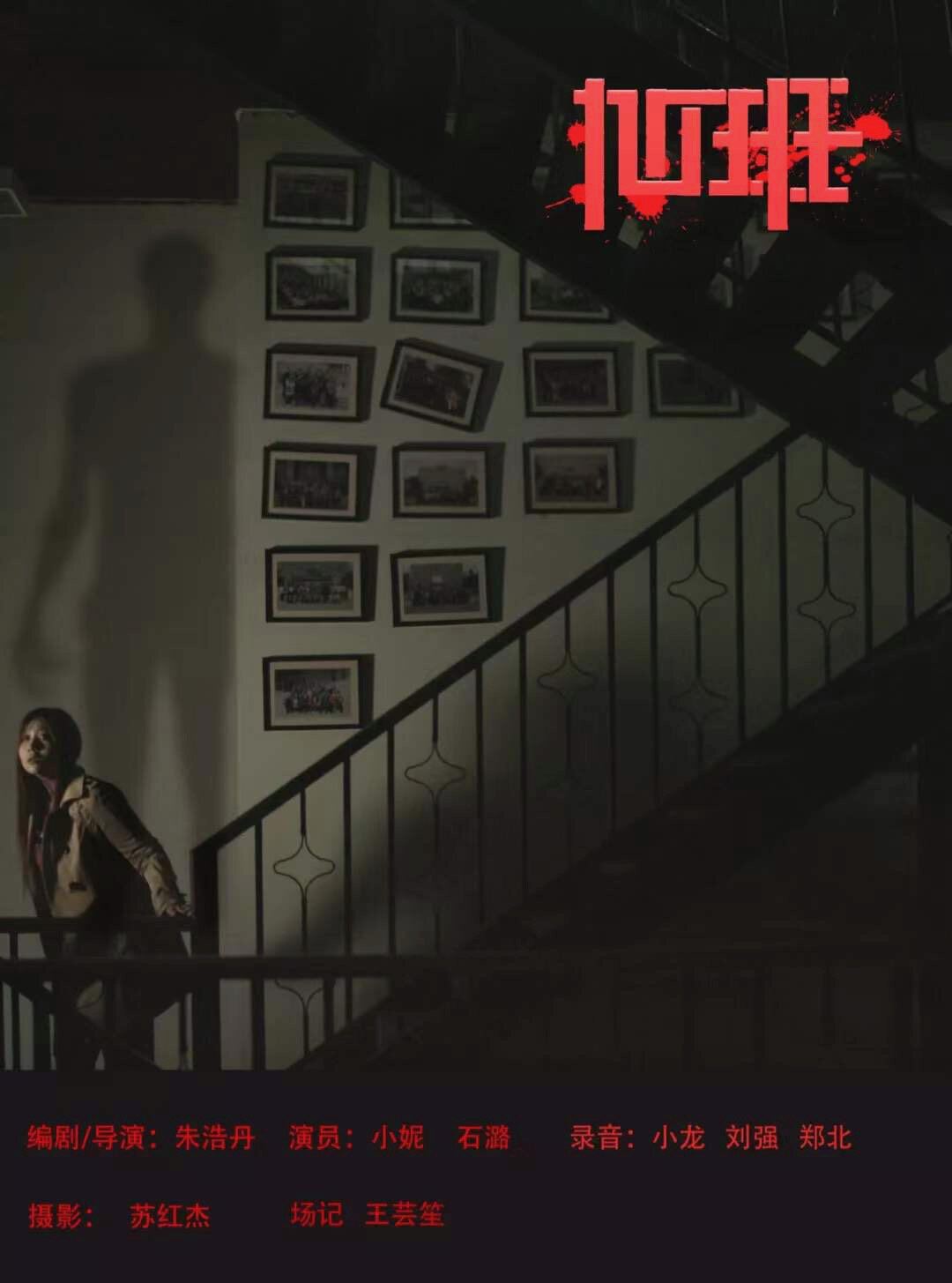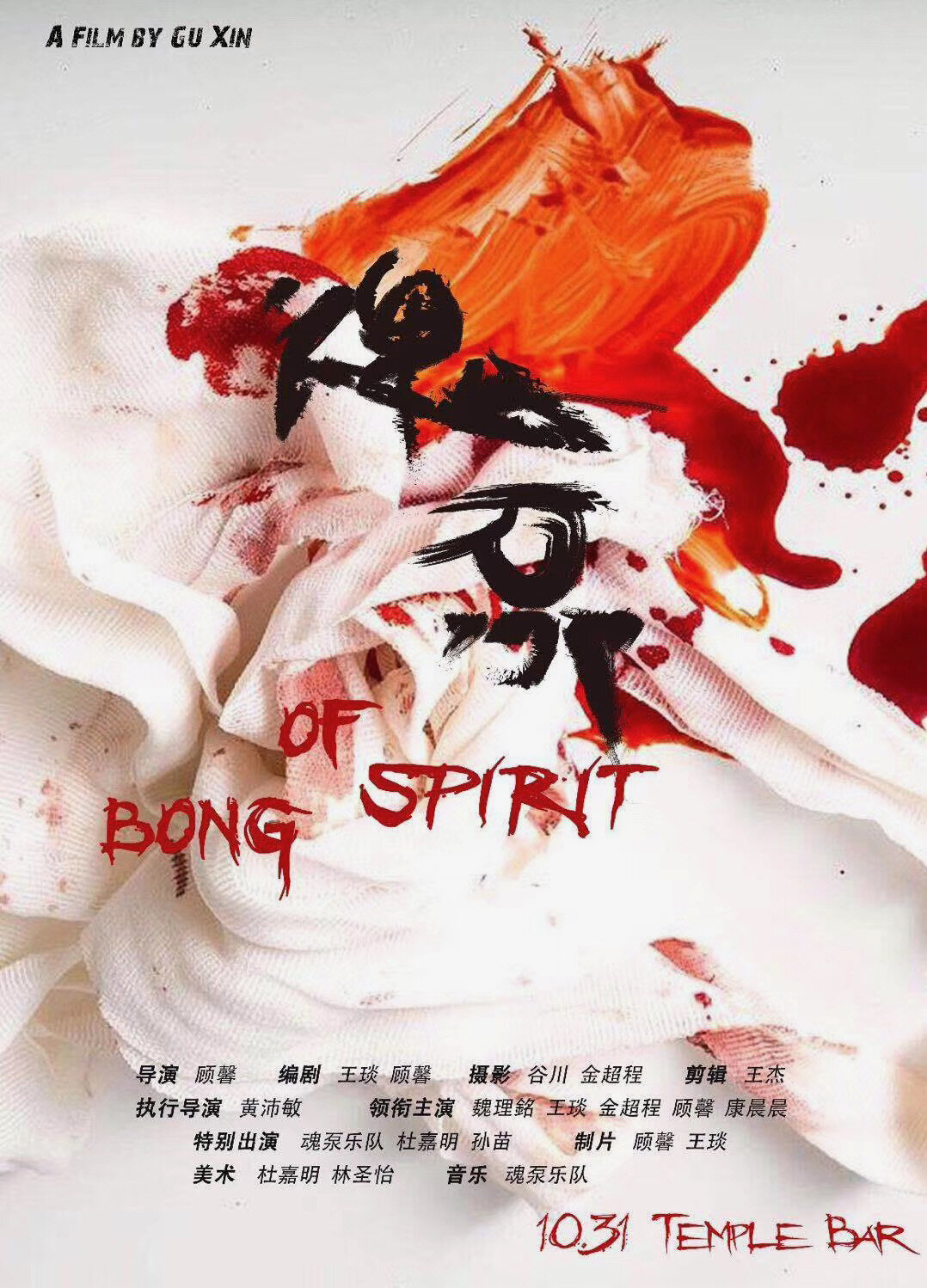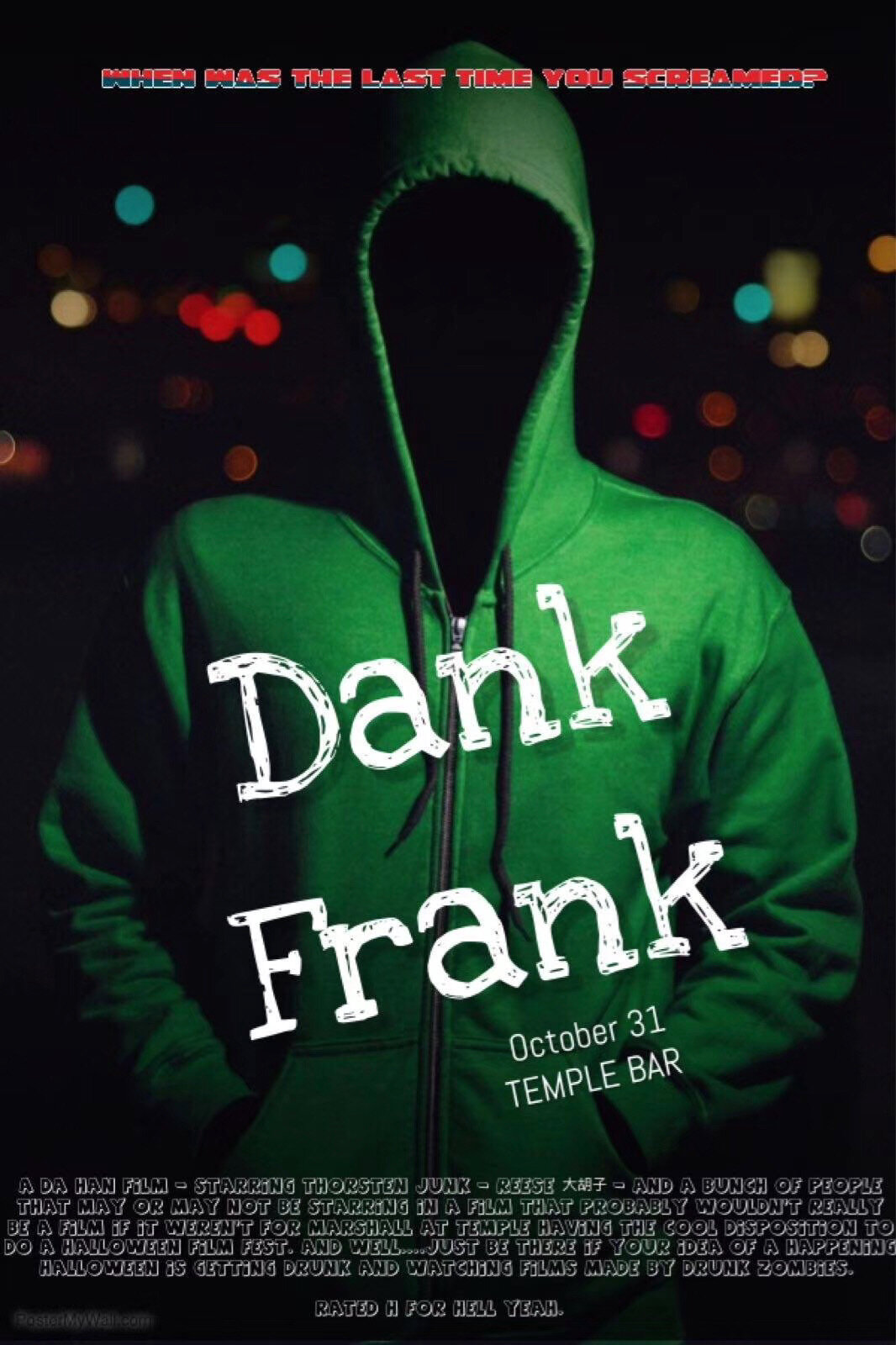
Rock against is a creative incubator concert series & film festival in beijing, china
ROCK AGAINST JAMS Concert Series
can you meet your new band, rehearse together and perform original music on stage all in a single evening? you can. 60 bands and over 200 brand new rock stars already have.
ROCK AGAINST HORROR & ROCK AGAINST SCI-FI Annual Film Festivals
can you assemble a team and make a short fiction film in a month without any prior experience? You can. 40 films (and counting) have already been made.
“I think anyone who was there would agree that Michael Marshall’s Rock Against Jams was comfortably one of the most forward-thinking initiatives in the Beijing music scene during the late-10’s. Not only did it spawn countless great music projects over a relatively short lifespan, but more importantly, it gave artists a platform and a ready-made audience on which to test their wilder ideas and get instant feedback which was completely revolutionary. Rock Against Jams really encouraged their musicians to indulge their crazier artistic whims fearlessly.” - Frank Sweet, former editor of Time Out Beijing
The setting: Beijing’s Gulou Neighborhood
Pre-COVID, Beijing, China was one of the most extensive and active underground creative hubs in the world. Multiple small and mid-sized venues, promotional teams, independent labels, and other local businesses supported well over 100 active performance groups at any given time. Most young music and art devotees gravitated towards “Gulou”, a small older neighborhood just north of the Forbidden City, to live and play.
This design experience story takes place in Gulou.
the problem
In 2015 I had already been living in China for several years as a writer, ethnographer, and musician. I noticed a troubling trend develop over the previous year. Nearly every venue in the area now tended to rely on open, unstructured jam sessions to drive their attendance and fill their event schedules on a weekly basis. These sessions were largely populated by a small subset group of white expatriate professional musicians typically employed by hotels in the ritzy Wanfujing district of the city.
The problem is that by relying on a small group of demographically and musically homogenous people to drive the local creative community forward, local music venues were risking audience sizes and interest in the long term.
How might we foster more musical diversity and encourage more young people to be creative in Beijing? We rock…against jams!
The goals of Rock Against Jams were as follows:
Diversify musical and cultural experiences within small concert spaces.
Engender a culture of casual self-development and art-making: “talent as typical”
Increase regular audience sizes and attendance across the community thereby increasing local business revenue across the board.
Make the available pool of artists larger which will make booking and organizing easier for venues so that they don’t need to rely on hotel performers.
community-based projects like Rock Against speak to much larger issues in experiential design and creative culture.
Rock Against Jams began to address these circumstances with the ultimate goal of shifting ideas of “talent” and “professionalism” in music away from note-storms and more towards something that resembles a contemporary folk tradition. The first hope was that amateurs would use various musical genres to share locally meaningful ideas, news, and anxieties.
The challenge was also in creating an experiential environment and allowing veteran and green performers ascribe their own meanings to it. I also neglected to define the nature of “success”, allowing musicians to define that for themselves - if one was participating to start a new long term project, explore some different musical ideas with a group, check something off a personal bucket list these were all completely valid reasons for participating. Since the ultimate goal was to create new performers and bands, the event Rock Against Jams could never overshadow the bands it created. The event itself needed to have ambiguous enough goals to allow a diversity of attendees to ascribe their own goals and needs to the event.
The challenge was also to allow attendees and participants to discover their own empowerment. My personal goal was not to create new professional musicians. Rather, I wanted a spectacle to give all involved a sense that “anything is possible” feeling that could be committed by attendees to projects far and beyond the scope of Rock Against. If you are someone you know with no experience can start a band, what else can they do? What else could you be capable of? Participants needed to be able to discover and own their personal creative power.
Simple enough, right?
the setup
We wanted people to feel comfortable exploring a number of different genres and mediums musically and lyrically with next to no experience and with minimal time commitment. The most difficult thing was making sure the process was as efficient as possible. The more pain points there were in the process the less likely participants were to follow through.
Remember those Paul Frank “Now Start a Band” t-shirts? This is that, but in event form.
This is why Temple Livehouse was selected as the host of Rock Against Jams. Because Temple’s downstairs neighbor was a “practice space” that had 3 soundproof rooms with full stage setups available, participants would only have to travel once in an evening to both practice and play.
So not only did participants not have to even show up with their own instruments. They only had to arrive at one location where they could both practice and perform. Practices took place before the show began so there was time to transition, listen to other participants in other rooms, and enjoy the moment.







The rules that were meant to be broken
Because Rock Against Jams had the public goal of demonstrating that even a “bad” band was better than a “good” jam, I took great care to define "jamming” and “song” for the purposes of the event so performers knew where the line was. For the purposes of Rock Against Jams, a song was defined as: “organized sound with a predetermined and practiced beginning, middle, and end.”
Bands were encouraged to perform as many original or cover songs as they liked. Generally, bands stuck to a 3 song set, usually with 2-3 original songs. The practices were 90 minutes which meant roughly 30 minutes to write and practice each song. Bands had only 20 minutes on stage to set up, perform, and tear down.
Each iteration of Rock Against hosted between 4-6 bands. Bands were judged or ranked by MIDI school professors, booking managers, venue owners, business owners, and musicians from the community (a different group each time) and a small amount of cash was reward to a few of the most effective performances at each event to incentivize their continued development.
In the weeks before the event, prospective participants would reach out to me via WeChat to either sign up a group they had already assembled, or to ask to be placed into a group. It was expected that bands would consult with each other and strategize prior to the event, but I was always very insistent that bands could not practice until the night of the event in our rented practice rooms.
That said, I knew people would cheat and schedule practices elsewhere in the city prior to the event. The point wasn’t too keep everyone “honest.” The point was to get everyone to understand how capable they were of taking control of their own creative abilities. The sneakiness and “getting away” with something was part of the experience for the participants. I wanted them to be that desperate to be creative and generally turned a blind eye to this behavior. That was the point of the event!





the impact & Outcomes
Rock Against Jams ran for 16 iterations and on average introduced 5 brand new bands each time for a total of 80 bands. Each band generally had 4-5 members so its safe to say that over the course of the event, Rock Against Jams hosted around 350 performers.
Bands whose first performances were at Rock Against Jams Like Struggle Session, Ambient Intelligence, Teknoprisoners.de, and Cherry Core went on to perform, record, and tour. Still other musicians used Rock Against Jams as a way to collaborate with other bands from Beijing or elsewhere in China for one evening. Seasoned musicians often used the event as a way to explore genres or musical ideas that didn’t quite fit into their own projects.
And even still many others had the unforgettable experience of performing their own music on stage for an enthusiastic audience.










Rock against Horror & sci-fi: annual amateur film festivals
Rock Against Horror is an ongoing amateur film festival founded in 2017. It’s sister film festival Rock Against Sci-fi debuted in 2019.
Genre-fiction like Horror and Sci-fi tend to be arenas where culturally-specific anxieties around the other, the unknown, and society can be simulated and socially addressed in a safe, social environment. This was an opportunity for cross-cultural communication. By 2017 I had noticed increased social segregation between Chinese and international young people, and felt expressive culture might be a way to open dialogue around shared challenges.
The ultimate goal of Rock Against Horror and Rock Against Sci-fi was to allow International and Chinese audiences to find mutual ground to foster a sense of unity.
The biggest challenge was that like Rock Against Jams, managing a schedule with film teams that had never made films meant there was always something to do. This required constant monitoring, collective brainstorming, mentorship, scouting locations, and some light cheerleading.



The rules
These film festivals established short time constraints for filming (1 month) and editing (666 or 333 seconds after the first version),
Film teams received a small amount of funding to complete their films and were not allowed to exceed these costs: 600rmb for Horror and 800 for Sci-fi respectively.
This is practically no money. You could spend this much in one evening on dinner and drinks for a party of four.
The constraints were challenging for the following reasons:
To force collaboration and sharing resources and skills across film teams.
To force teams to rely on creative problem solving and practical effects.
To force teams to learn how to budget creative projects since they will never ever have an excess of cash on hand. Ever.
You can download the full rule list in English and Chinese here.



The impact & outcomes
The event itself was typically screened twice as an opportunity for filmmakers to discuss their work with different audiences.
Rock Against events have produced bands and filmmakers who have gone on to stardom, but more importantly, Rock Against provided creative spaces for young people to find out they’re capable of doing something they never would have expected. The most important purpose these events served were not to the arts, but general youth creative empowerment.
Our favorite entries of the past 4 years can be found on the Rock Against YouTube Channel




